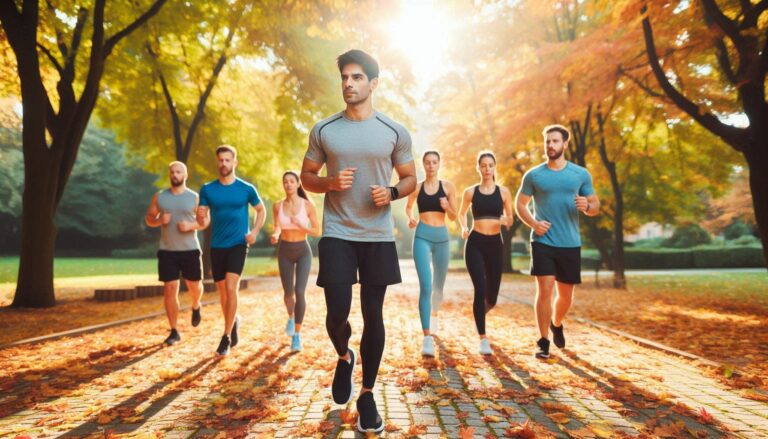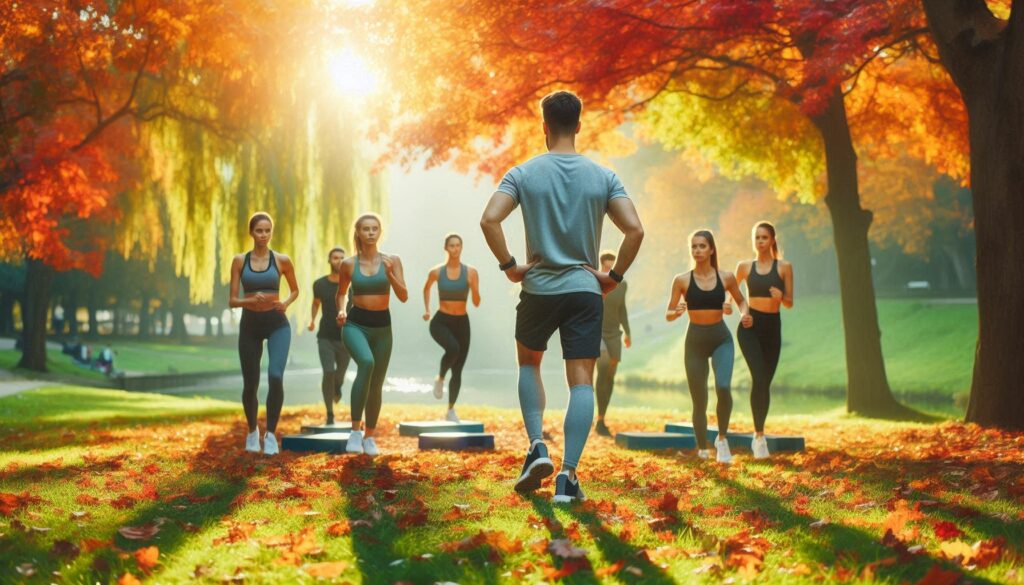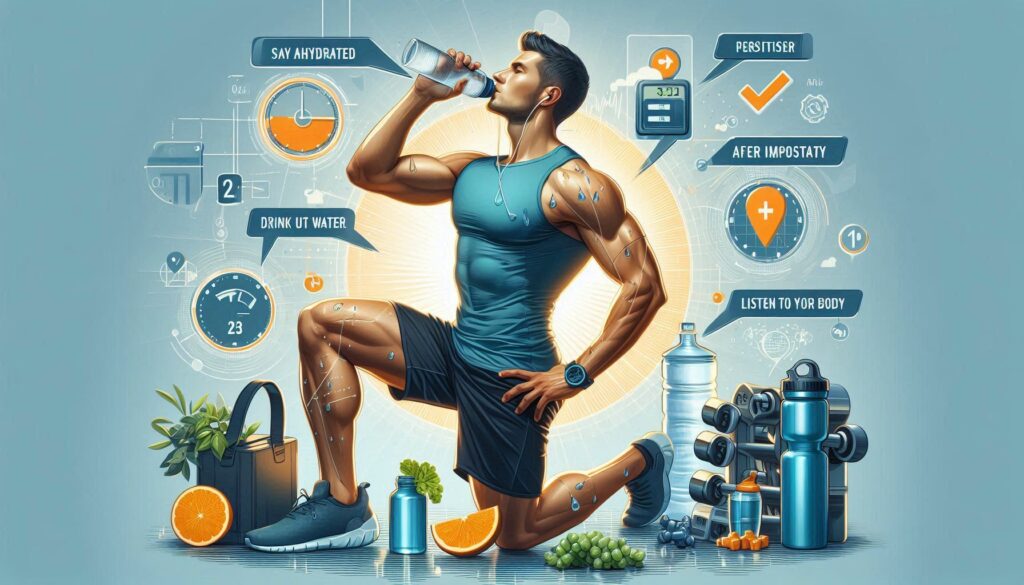The Ultimate Total Body Walking Workout: Your Comprehensive Guide to Fitness and Fun

Are you ready to elevate your fitness routine with a fun and effective Total Body Walking workout? Walking might seem simple, but when done correctly, it can be a powerhouse for improving cardiovascular health, building muscle, and enhancing overall well-being. In this comprehensive guide, we’ll walk you through a total body walking workout designed to get you fit, boost your energy levels, and make your exercise routine something you look forward to. This guide is packed with tips, techniques, and variations to help you maximize your walking workout and keep it engaging.
Introduction: The Power of Walking Workout Guide
Walking is often underestimated as a form of exercise, but it’s one of the most accessible and effective ways to enhance your fitness. It’s low-impact, easy on the joints, and can be done almost anywhere. Whether you’re a beginner or a seasoned fitness enthusiast, incorporating a structured walking workout into your routine can offer numerous health benefits. From improving cardiovascular health to strengthening muscles and boosting mood, walking is a fantastic way to achieve your fitness goals.
In this guide, we’ll explore a dynamic total-body walking workout that includes various steps, kicks, and movements to engage all parts of your body. We’ll cover everything from the warm-up to advanced techniques and cooldown, ensuring you get a comprehensive workout that’s both effective and enjoyable.

1. The Warm-Up: Preparing Your Body
Why Warm-Up?
A proper warm-up is essential to prepare your body for more intense exercise. It helps increase blood flow to your muscles, raises your body temperature, and reduces the risk of injury. The goal is to gradually transition your body from a resting state to an active state, making it ready for the workout ahead.
Basic Walk
Start with a basic walk to get your body moving and your heart rate up. Match your walking pace to the beat of your chosen music. This rhythm helps set a steady pace and prepares your body for more vigorous movements.
Side Steps
Incorporate side steps into your warm-up to engage different muscle groups. Step out wide and back to the center, repeating the movement. This helps activate your legs and hips, preparing them for more dynamic exercises.
Arm Movements
Add arm movements to your warm-up to engage your upper body. Swing your arms forward and backward in sync with your walking pace. This helps increase the range of motion in your shoulders and prepares your upper body for the workout.
2. Main Workout: Full-Body Engagement
Kicks
How to Perform:
- Start with a basic walking pace.
- Gradually lift one leg and kick forward, keeping the movement controlled.
- Alternate legs, performing kicks with a steady rhythm.
Benefits: Kicking helps increase your range of motion and warms up your leg muscles. It also engages your core as you maintain balance and stability during each kick.
Knee Lifts
How to Perform:
- Lift one knee towards your chest while keeping your torso upright.
- Alternate knees, lifting each leg in a controlled manner.
Benefits: Knee lifts help strengthen your hip flexors and core muscles. They also improve your posture and balance, contributing to better overall stability.
Two Up, Two Back
How to Perform:
- Take two steps forward and then two steps back.
- Repeat the movement, moving in a fluid, controlled manner.
Benefits: This movement engages various muscle groups and improves coordination. It also helps activate your back muscles, which are often underutilized in traditional walking.
Double Side Steps
How to Perform:
- Step out to the side twice, then return to the center.
- Repeat on the other side, continuing the movement in a rhythmic pattern.
Benefits: Double side steps enhance lateral movement and engage your outer thigh muscles. This exercise improves balance and coordination while adding variety to your workout.
Tap Out
How to Perform:
- Lightly touch the floor with each foot, alternating sides.
- Maintain a steady pace and rhythm throughout the movement.
Benefits: Tapping out helps activate your lower body muscles and improves coordination. It also adds a cardiovascular element to your workout, increasing your heart rate.
Mini Squats
How to Perform:
- Lower into a squat position, keeping your back straight and knees aligned with your toes.
- Rise back up to the starting position.
Benefits: Mini squats strengthen your legs, glutes, and core. They also improve flexibility and mobility in your hips and knees.
3. Advanced Techniques: Adding Intensity
Cha-Cha Steps
How to Perform:
- Step forward twice, then run in place for three counts.
- Repeat the movement in a rhythmic pattern.
Benefits: Cha-cha steps add a fun and energetic element to your workout. They increase your heart rate and engage your entire body, providing both cardiovascular and muscular benefits.
Grapevine
How to Perform:
- Cross one foot behind the other and step to the side.
- Alternate sides, maintaining a steady rhythm.
Benefits: The grapevine step enhances lateral movement and coordination. It also engages your core and improves balance.
Heels to the Front
How to Perform:
- Step with your heels while rotating your trunk.
- Continue the movement, focusing on balance and coordination.
Benefits: Heels to the front work your waistline and improve balance. This exercise also engages your core and helps with rotational movement.
Power Walk
How to Perform:
- Walk briskly, pumping your arms forward.
- Maintain a strong and steady pace.
Benefits: Power walking increases the intensity of your workout and engages your upper body. It also provides a cardiovascular boost and helps burn more calories.
4. Cool Down: Gradually Return to Rest
Why Cool Down?
Cooling down is crucial to help your body transition from a high-intensity workout to a resting state. It helps lower your heart rate gradually, reduces muscle stiffness, and aids in recovery.
Easy Walk
How to Perform:
- Slow down your pace, allowing your body to gradually return to a resting state.
- Continue walking at a gentle pace until your heart rate decreases.
Benefits: An easy walk helps lower your heart rate and promotes recovery. It also helps prevent dizziness and allows your muscles to relax.
Side Steps and Mini Kicks
How to Perform:
- Incorporate gentle side steps and mini kicks to continue cooling down.
- Maintain a slow and controlled pace.
Benefits: Gentle side steps and mini kicks help stretch and relax your muscles. They also promote flexibility and prevent stiffness.
5. Tips for Success: Maximizing Your Workout

Stay Hydrated
Why It’s Important: Proper hydration is essential for optimal performance and recovery. Drink water before, during, and after your workout to stay hydrated.
Listen to Your Body
Why It’s Important: Pay attention to your body’s signals and adjust the intensity if needed. Take breaks if necessary and avoid pushing yourself too hard.
Consistency is Key
Why It’s Important: Regular walking will improve your fitness and overall health over time. Aim for consistency in your workouts to achieve long-term benefits.
Mix It Up
Why It’s Important: Incorporate different movements and variations to keep your workout engaging and prevent boredom. Mixing up your routine also helps target different muscle groups and improves overall fitness.
Set Goals
Why It’s Important: Setting fitness goals can help keep you motivated and focused. Whether it’s increasing your walking distance, improving your speed, or achieving a certain number of steps, having goals can drive you to succeed.
6. Benefits of Total Body Walking Workouts
Cardiovascular Health
Walking is an excellent way to improve cardiovascular health. It helps strengthen your heart, increase circulation, and reduce the risk of heart disease.
Muscle Strength
A total body walking workout engages various muscle groups, helping to build and tone your muscles. From your legs to your core and upper body, walking works multiple areas of your body.
Flexibility and Mobility
Incorporating different movements into your walking routine enhances flexibility and mobility. Side steps, kicks, and other variations help improve your range of motion and joint health.
Calorie Burn
Walking at a brisk pace or incorporating high-intensity movements increases calorie burn. This helps with weight management and supports overall fitness goals.
Mental Health
Regular walking has been shown to improve mood, reduce stress, and enhance mental well-being. The endorphins released during exercise contribute to a positive and energized feeling.
Convenience
One of the greatest benefits of walking is its convenience. You can do it almost anywhere, and it doesn’t require any special equipment. All you need is a pair of comfortable walking shoes.
7. Conclusion: Embrace the Walk
Walking is a versatile and effective exercise that offers numerous health benefits. By incorporating a structured total-body walking workout into your routine, you can achieve a full-body workout that is both enjoyable and rewarding. Remember to start with a proper warm-up, engage in a variety of movements, and cool down effectively.
Read More from Blog
Stay consistent, listen to your body, and enjoy the journey to better health and fitness. Whether you’re walking through the park, on a treadmill, or around your home, make every step count and embrace the power of walking. Happy walking!












